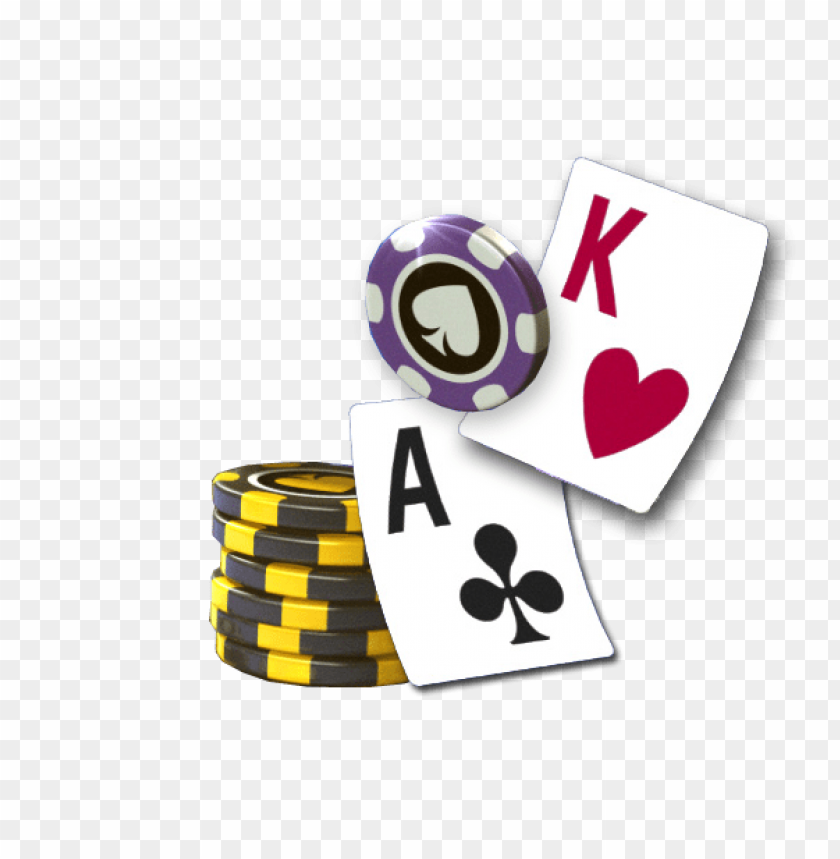Baccarat is a classic card game that has fascinated card players for centuries. The game is known for its sophistication and elegance and is often associated with high rollers and exclusive casinos. But how did this game come to be, and how did it make its way to Las Vegas’ High Roller Rooms? In this blog post, we take a closer look at the history, rules, and rise to popularity of hawkplay baccarat.
History of Baccarat
The origins of baccarat can be traced back to Medieval Italy, where it was known as baccara. The game was played with tarot cards and involved two players who would bet on which hand had a higher point value. Over time, the game made its way to France, where it gained popularity among the upper classes. The name was changed to baccarat, which is derived from the Italian word for zero, as all the tens and face cards were worth zero points.
In the 19th century, baccarat made its way to England, where it was a favorite pastime of the aristocracy. It then crossed the Atlantic and became a popular game in the United States. Baccarat continued to be associated with wealth and high society, and the game was often played in private clubs and exclusive casinos.
Rules of Baccarat
Baccarat is a game of chance that involves two hands: the Player hand and the Banker hand. The goal of the game is to bet on which hand will have a higher point value. Players can also bet on a tie, where both hands have the same point value.
In baccarat, the point value of a hand is determined by adding the value of the cards together. Aces are worth one point, and the rest of the cards are worth their face value, except for tens and face cards, which are worth zero points. If the total point value of a hand exceeds nine, the second digit is used as the point value. For example, if a hand has a total value of 13, the point value would be three.
Once the bets are placed, the dealer deals two cards to both the Player and Banker hands. If either hand has a point value of eight or nine, it’s called a natural, and the game is over. If neither hand has a natural, a third card may be dealt, depending on the point value of the hands. The hand with a point value closest to nine wins the game.


